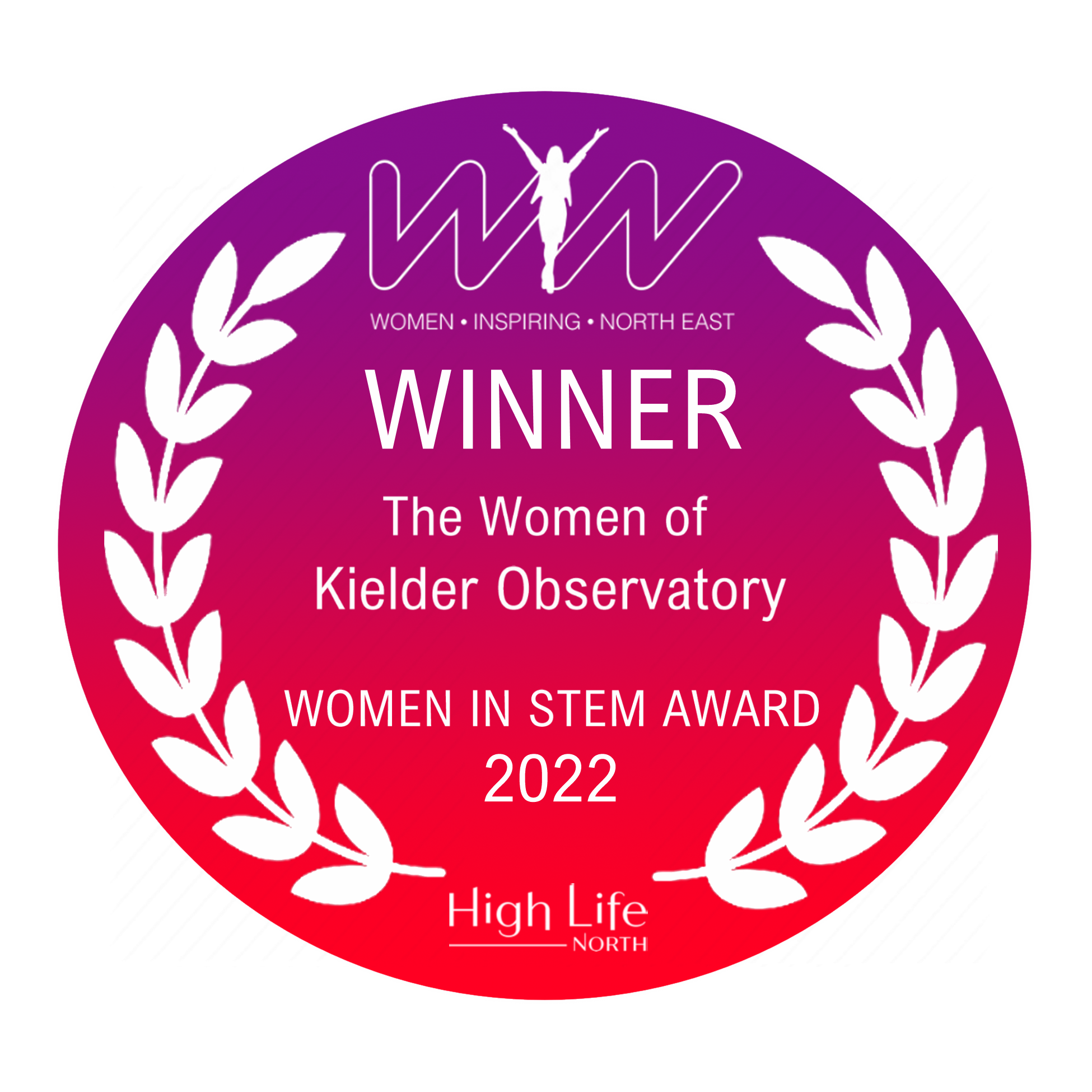The Major Geomagnetic Storm of May 2024: A Spectacle for the Ages28/05/2024
In the final hours of Friday, 10th May 2024, the night skies across the world were set ablaze by one of the most intense geomagnetic storms in recent history. This celestial display, triggered by powerful solar activity, painted the heavens with vivid hues of green, purple, blue and red, mesmerising onlookers from Norway to New York.
Astronomers had been anticipating the event for days, following reports of heightened solar activity. However, the aurora still exceeded all expectations. Guy Haveron, one of our astronomer and science communicators at Kielder was working at the observatory when it happened, summed up the experience succinctly: "It was truly awesome." His sentiment was echoed by all our wonderful guests who witnessed the spectacle firsthand.
But what does “increased solar activity” mean? The Sun is made up of plasma, the extreme high-energy fourth state of matter. As with most extremes in physics this means it has some weird properties. For example, the Sun is spotty. It has loops of the plasma coming out of the surface whose feet we can see as dark spots on the Sun. When we look at different types of light, such as ultraviolet, we can see these loops. They make the Sun look hairy. These loops are actually magnetic fields.
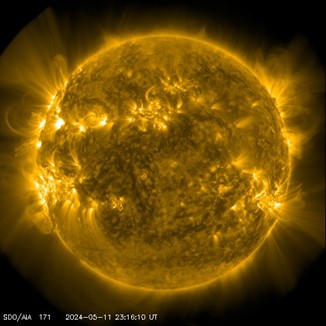
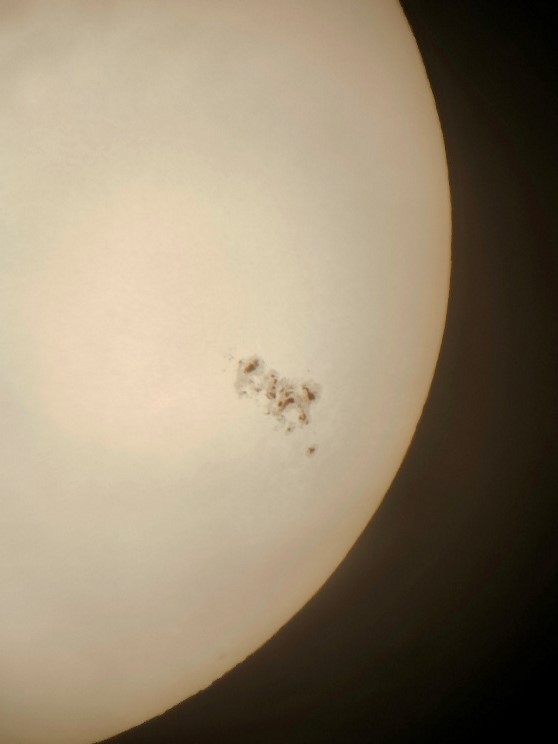
Figure 1a: Image Credit Solar Dynamics Orbiter NASA, UV image. Figure 1b: Region c3664, the incredibly active region that caused the May 10th storm, viewed through our 16 inch telescope at Kielder observatory with a solar filter. Taken by Guy Haveron.
Maybe think of the loops not as hairs, but as elastic bands. What happens when you stretch one of those too much? SNAP! Same thing happens with the Sun loops and all the plasma that was suspended in the loop is thrown out into space. Basically, the Sun burps, sometimes Earth gets a face full.
This material ejected from the Sun can interact with our very own magnetic field and is accelerated to where the magnetic field is strongest at the north and south, just like any bar magnet. This produces what is called the auroral oval, the circumference of the aurora around the world at the North and South poles. The more material blasted out from the Sun, the more the oval can be pushed towards the equator, and the brighter the aurora is, resulting in it being sighted even over London.
But what actually is the “light” of the Northern Lights. Is it the solar material itself? Sadly not, these are just charged particles, usually invisible to the human eye. These particles are being captured by our magnetic field and then smash into our atmosphere. This causes the atoms in the atmosphere to glow. This is how we get the colours: in the upper atmosphere the main elements present are Oxygen and Nitrogen. Oxygen glows green and red, and Nitrogen glows blue and purple. We see this beautiful layering effect due to the different densities of gases in our atmosphere and different energies of the incoming material cascading down through it.

Figure 2: Image credit GoOpti (https://www.goopti.com/en/about/goopti_blog/aurora-borealis-where-to-see-the-northern-lights-in-2020)
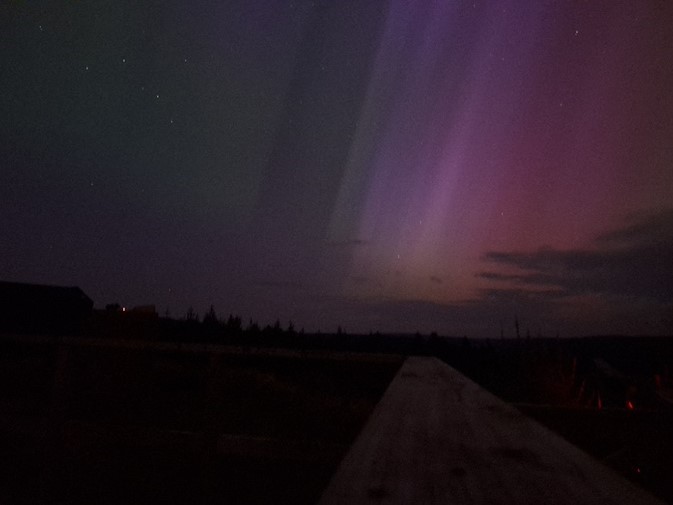
Figure 3:Aurora off the observing deck looking south east at Kielder Observatory. Taken by Ishbel Carlyle.
Rosie Braunholtz, another of our astronomers at the observatory that night, shared her awe, stating, "I just couldn't believe it." Braunholtz, who had never seen the aurora before, was left speechless by the storm's magnitude and beauty.
For many, this geomagnetic storm was a once-in-a-lifetime event. Dan Pye, the Director of Astronomy at Kielder Observatory, exclaimed, "It was everywhere! It's just never going to be better than that." Pye's declaration captures the essence of the universal astonishment and joy that the aurora has inspired.
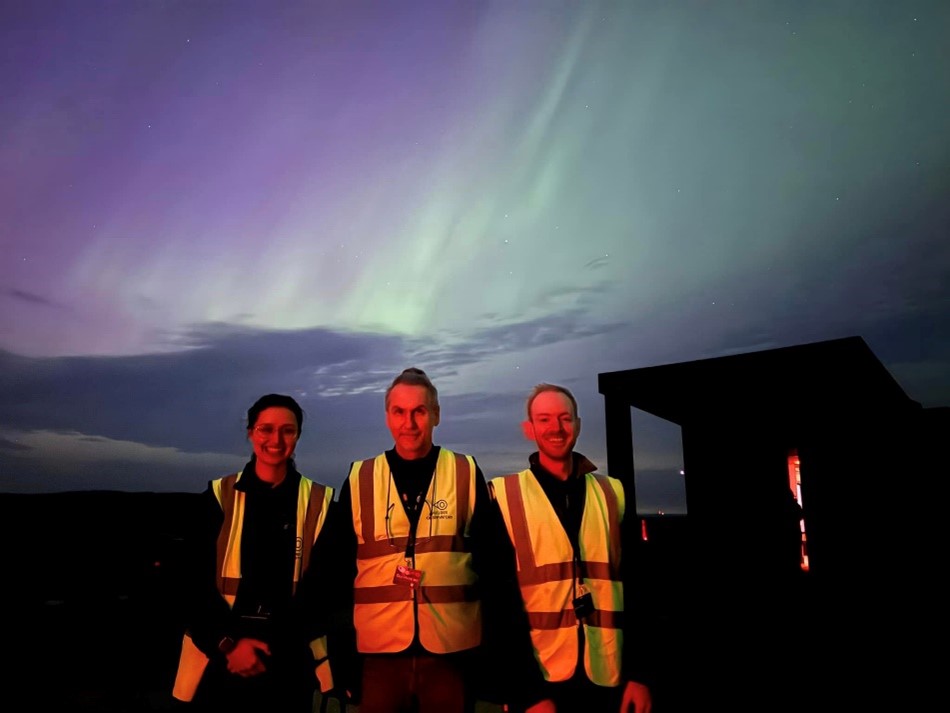
Figure 4: Rosie, Guy and Dan at the observatory.
Adam Shore, another of our astronomer and science communicators was hosting a Scout event in Northumberland, expressed his amazement with a touch of humour, saying, "There's only so many times I can call it incredible." His struggle to find adequate words to describe the experience was a common theme among those who saw the aurora that night.
Liam Reid, also an astronomer in Northumberland, was able to sum up the event very concisely, calling the phenomenon "Mental." This was more concise than some. While many of our guests, friends and other colleagues shared all our enthusiasm, some of their reactions included words not suitable for print.
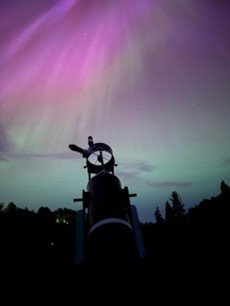
Figure 5: Aurora captured by Adam Shore.
Social media platforms were flooded with images and videos of the auroras, as people from all walks of life documented the event. Professional photographers and casual observers alike captured the sky's transformation, sharing their views and spreading the sense of wonder globally. Since the storm started at 11:30pm and went until the Sun rose, many folks woke up to pictures of neon lights dancing over their houses as they slept. Unfortunately, they might not get a second chance to see it like that again. A major event like has been compared to the Carrington event of 1859, over 150 years ago. However, we are coming up to the peak of the solar cycle activity so who knows? I for one was sceptical this storm was going to result in an aurora, having been overly optimistic once too many times before. When it hit off the charts and was right above us, I had to lie down. Literally! There is still so much we don’t know about the aurora, and our Sun. As technology advances and humanity’s curiosity persists I’m certain we will understand it all one day.
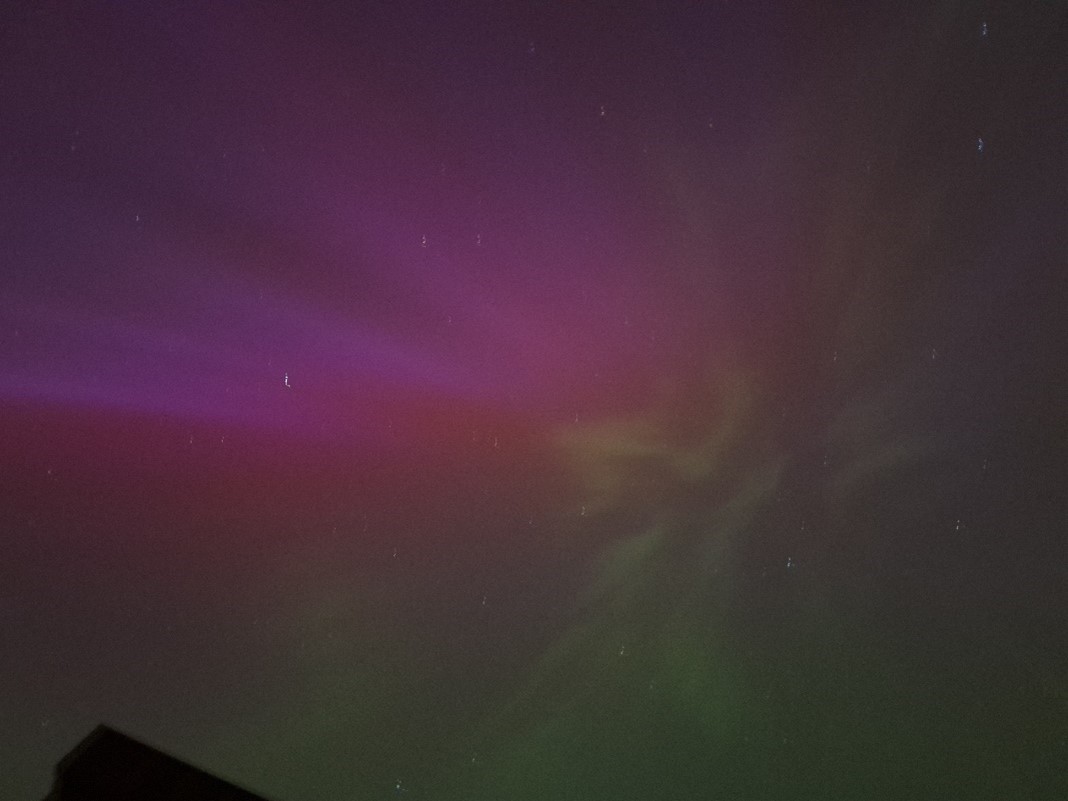
Figure 6: Aurora right above at Kielder Observatory. Taken from the floor by Ishbel Carlyle.
The May 2024 geomagnetic storm will undoubtedly be remembered as one of the most extraordinary natural events of our time. It brought together communities under a shared sky, fostering a collective appreciation for the mysteries and beauty of our universe, and made us appreciate our dark skies here in Northumberland even more. This was definitely one of the best places in the country to have seen it.







